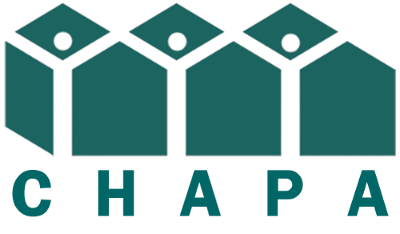ABSTRACT: We analyze a stylized large-scale mortgage refinancing program that would relax current income and loan-to-value restrictions for borrowers who wish to refinance and whose mortgages are currently insured by Fannie Mae, Freddie Mac, or the Federal Housing Administration. The analysis relies on an estimate of the volume of incremental refinancing that would occur and an estimate of how future default and prepayment behavior would be affected by such refinancing. Relative to the status quo, the specific program analyzed here is estimated to cause an additional 2.9 million mortgages to be refinanced, resulting in 111,000 fewer defaults on those loans and estimated savings for the GSEs and FHA of $3.9 billion on their credit guarantee exposure, measured on a fair-value basis. Offsetting those savings, federal investors in MBSs, including the Federal Reserve, the GSEs, and the Treasury, would experience an estimated fair-value loss of $4.5 billion. Therefore, on a fair-value basis, the specific program analyzed here would have an estimated cost to the federal government of $0.6 billion. (The proposal analyzed here is a stylized one, and the estimated costs are not reported entirely according to the rules governing federal budget accounting; the figures in this paper do not represent a CBO cost estimate of a legislative proposal.) Because the estimated gains and losses are small relative to the size of the housing market, the mortgage market, and the overall economy, the effects on those markets and the economy would be small as well. We also discuss the impact of this program on various stakeholders, including homeowners, non-federal mortgage investors, mortgage lenders, mortgage service providers, private mortgage insurers, and subordinated mortgage holders. For example, non-federal investors would experience an estimated fair-value loss of $13 to $15 billion; most of that wealth would be transferred to borrowers.
